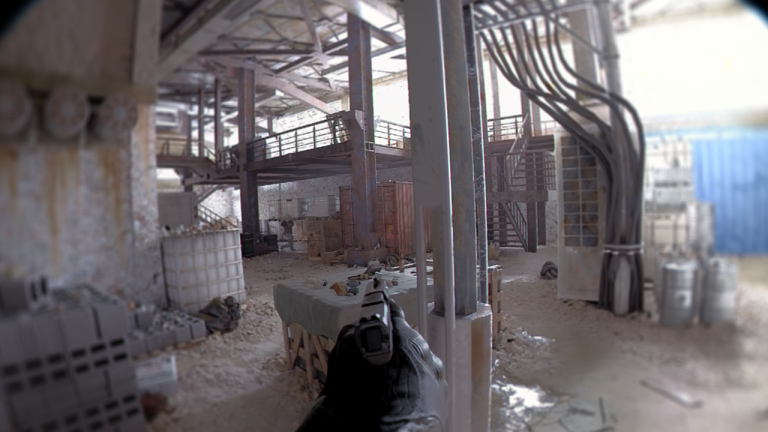
The fifth map of the Midsummer Lands is set to the left / west of the first map in the set, Map 1. This only leaves map 6 which sits above this one and to the left of map 2, producing a 3 tall by 2 wide “grid” of map sections that interlink.
As with all the maps in the set, there is no set scale for these maps, and the items on the maps are not to scale with each other so we can see points of interest like towers, cities, and caves. If you really need a scale for this and don’t want to pick one yourself, go with six miles to the hex.

This map, following the Summerlands River from hex 1, is probably my favourite map in the set.
Taking the lead from the “Lighthouse” fungal structure I put on the west edge of Map 1, one of the first things you notice on this map is that we’ve got a full-on Fungal Tower infestation here. The forests around the spires are infested – the trees are all twisted and warped and sprout bizarre mushrooms, some of which even walk, talk, and would like to engage in fungal trade.
South of the fungal towers is the majority of the Urvelm Plateau and the ruin-filled badlands atop it (bits of this plateau appear in Maps 1, 3, and the easy access up and down from the plateau on Map 4). The highlight of the plateau is a ring of six massive stone menhirs that surround a bubbling spring and lake on the otherwise arid badlands – the water pours down off the plateau and joins the Summerlands River that runs below the plateau here.

At the top of the map we see the edge of one of the Faerie Lakes and the small city of Summerway – exporter of tin and silver mined in the nearby mountains & hills but known best for their weekly “cheesemaker” festivals. Across the water from Summerway is the Orange Tower, a structure that appears to have once been a massive lighthouse made of iron – except there is no place for a beacon on the top and now the whole structure is black and orange with rust and decay.
There are a couple of smaller settlements along the Summerlands River – the small fortified town of Hayer’s Court which watches the growth of the fungal spires across the river with some trepidation, and the palisaded town of Miller’s Divide. Between the two, at a bend in the river, is a full hex of ruins – an ancient city where only a few stone spires stand up above the rubble, ruined walls, and bare foundations where commerce once thrived.












